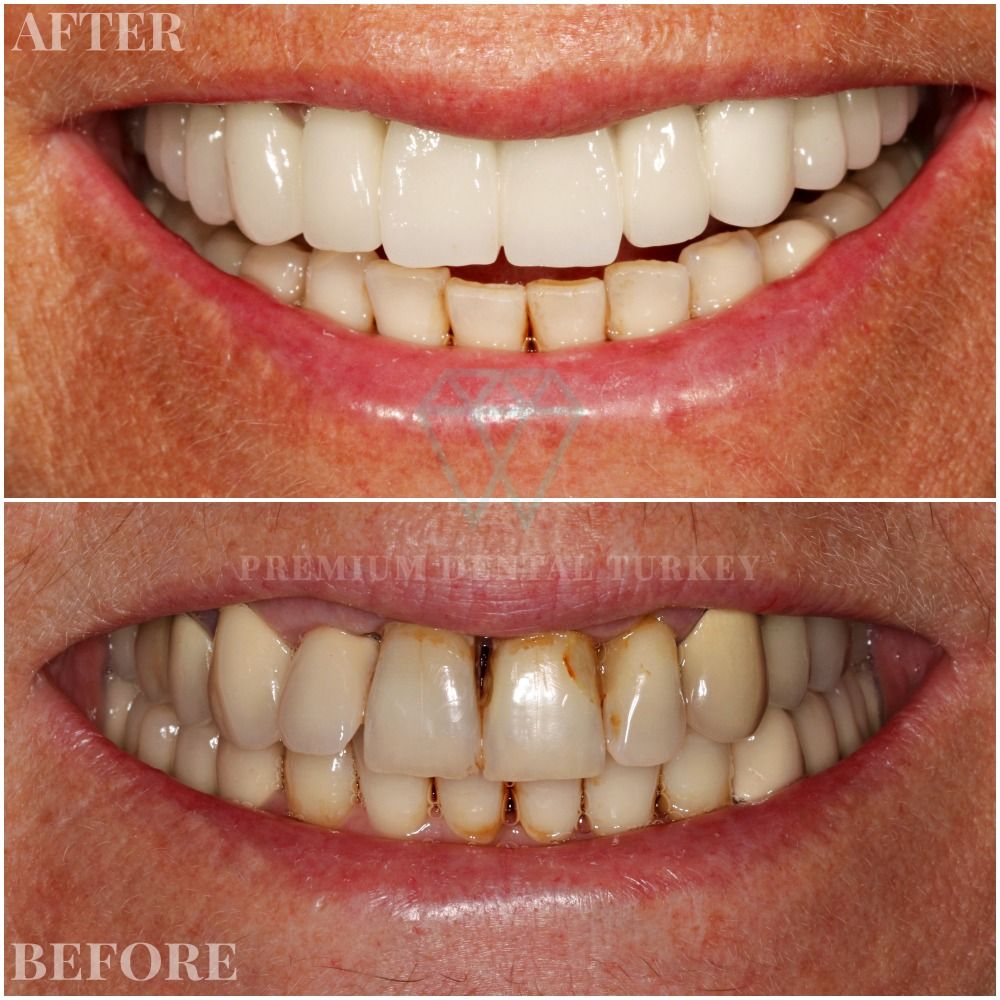Minimalist footwear has surged in popularity over recent years, appealing to people who are looking for practical and fashionable alternatives to traditional shoes. This fashion, which is rooted in the concept of natural movement and simplicity, emphasizes a return to simpler and less limiting shoe styles.
At its core, minimalist footwear aims to mimic the natural feeling of walking barefoot while still providing necessary protection for the feet. The style typically features a thin, flexible sole, a low heel-to-toe drop, and an ample toe box. These design elements work together to create a more natural gait and help the foot’s natural motion patterns.
One of the primary advantages of minimalist footwear is its potential to enhance the foot’s strength and flexibility. Conventional shoes, especially those with high-quality, cushioned soles as well as elevated heels, can alter the biomechanics that are natural to us and result in weaker feet muscles in the course of time. Minimalist shoes, on the other side, permit the foot to move more freely and work muscles that are often underutilized in traditional footwear. This can lead to improved balance, posture, and potentially fewer injuries.
Another benefit is the greater sensorimotor feedback from the ground, which may enhance proprioception, the body’s ability to sense its position and movements in space. This increased awareness may improve overall coordination and agility.
However, the transition to minimalist footwear should be approached with a degree of caution. Since these shoes offer less cushioning and support it is necessary to go through a period of adjustment for most people. The rush to transition could lead to discomfort or injury in particular if feet and lower legs are not accustomed to the requirements of minimalist design. It is recommended to gradually increase the wear time and to combine minimalist footwear with appropriate strength exercise to build resilience.
The minimalist movement is also linked with sustainability in the environment. Many minimalist shoe manufacturers promote green practices, using recycled or natural materials and encouraging durability. This is in line with the overall idea of reducing consumption and garbage.
When choosing minimalist footwear, it’s important to consider factors such as foot anatomy, exercise level and individual comfort. Different brands offer variations in design, so finding the perfect fit could require some trial and error. Although minimalist footwear may be an excellent choice for many, it’s necessarily suited to all. Individuals with specific foot conditions or those who require additional assistance may want to look into different alternatives.
In conclusion, minimalist footwear offers a refreshing alternative to conventional shoes by encouraging the natural movement of your feet and improving sensory feedback. As with any major shift in footwear it’s important to think about the transition carefully and select the best style for your needs.


